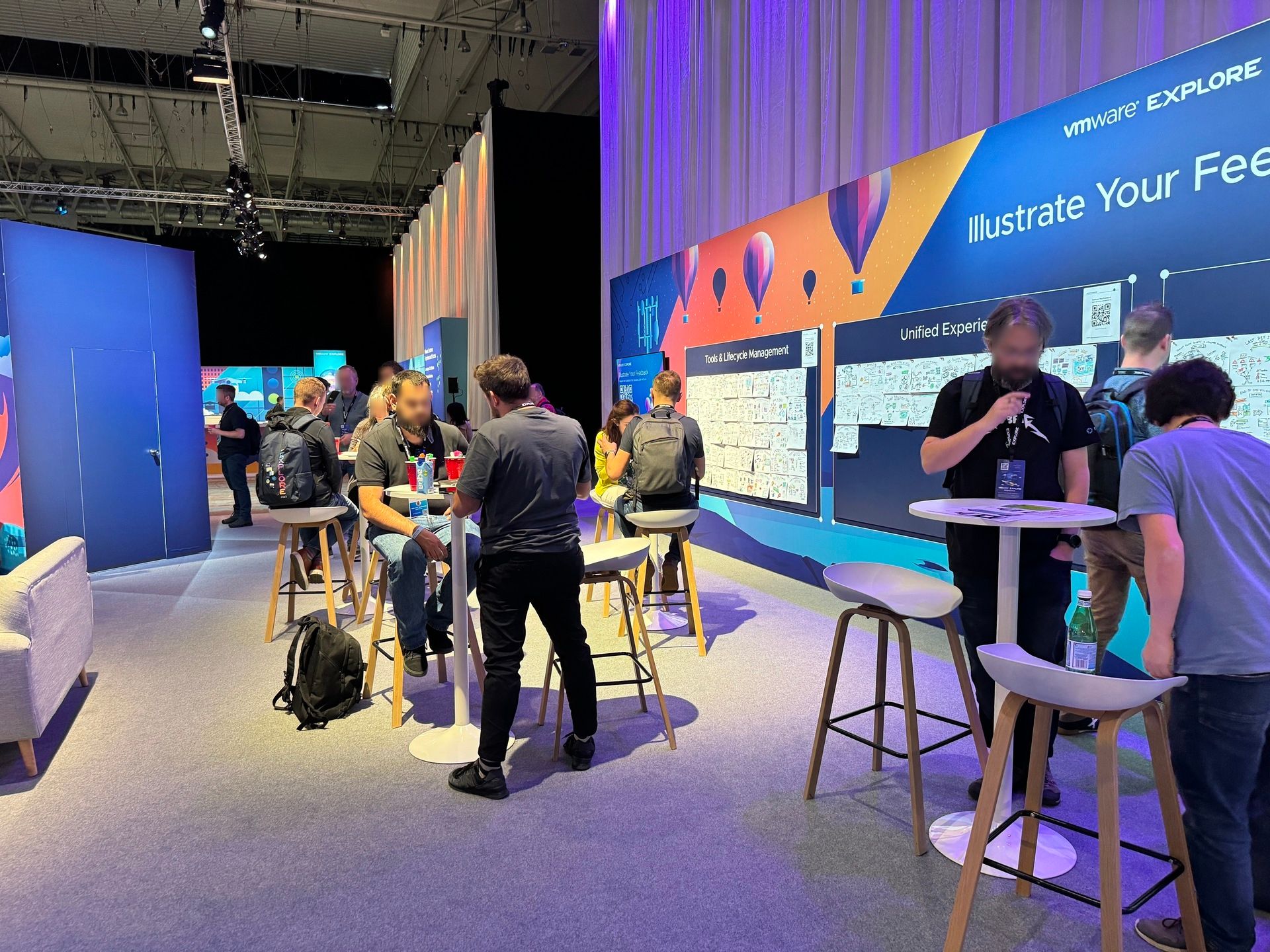- Curionaut Dispatch
- Posts
- Play Is a Strategy, Not a Distraction (Part 1)
Play Is a Strategy, Not a Distraction (Part 1)
Build with play in mind—and the work becomes more meaningful, magnetic, and effective.
Hey Curionauts,
Play isn’t just for kids. And it’s not just for weekends, icebreakers, or side hobbies either.
Play is a mindset. A strategy. A deeply human need.
Over the past seven months, I’ve been exploring this idea through books such as The Power of Fun by Catherine Price, Big Magic by Elizabeth Gilbert, The Experience Economy, Your Brain on Art, and We Need Your Art. Across them all, the message is loud and clear:
Playful experiences and creative acts are how we connect, make sense of the world, and shape what matters.
But somewhere along the way, many of us were told to leave that playful part of ourselves behind, especially at our corporate jobs 😱. So when we stumble across it again—through a creative breakthrough, a collaborative moment of flow, or a weird idea that actually works—it feels like reigniting a spark we didn’t realize we’d lost.
What if we didn’t wait for those moments to surprise us?
What if we made play part of the plan? And dare I say, part of our work?
Over the next few weeks, I’m exploring exactly that:
Play in Research – how the design team at VMware used the Play-Based Insights (PBI) framework to spark richer conversations and better insights.
Play at Work (as a Superpower) – how to bring play into your everyday role and reframe it as a tool for creativity, confidence, and connection.
Play as a Business Foundation – how I’m designing a business rooted in play through curiosity, experimentation, and joy—and what that unlocks.
Let’s start with Part 1: Bringing Play into UX Research.
The Play-Based Insights (PBI) Framework
When I was at VMware, I had the opportunity to co-lead an activity called Illustrate Your Feedback at our global customer conference. It was part of a larger research initiative rooted in play, using the Play-Based Insights (PBI) Framework, developed by Dr. Bryanne Peterson and brought to life with executive support by Deanna Shaw.

Instead of dry interviews, we created engaging, interactive, and playful moments:
Live illustration booths
Co-creation walls
Jenga-style question games
These activities helped participants enter a state of flow and offered feedback that was more personal, honest, and actionable. My background in visual art and improv made the live sketching sessions especially rewarding— we turned product pain points into co-created visuals in real time.

It worked. People opened up. We uncovered insights that you wouldn’t typically find in a traditional research setting.
We ran these activities at both the Las Vegas and Barcelona 2023 VMware Explore Conferences. For the activity I led, Illustrate Your Feedback, the team had created 172 feedback-inspired art pieces and recorded over 57 hours of interview gold.
These weren’t just fun moments—they were strategic.
We watched attendees transition from hesitant to energized, from generic answers to rich, personal stories. By using sketching, games, and co-creation tools, we made space for honest emotion and unexpected insights—things that often get filtered out in formal interviews or surveys.
Instead of asking users what they wanted, we invited them to show us how they felt.
That shift made all the difference.
For a deep dive into how we brought the Play-Based Insights Framework to life, from gaining executive support to turning doodles into strategy, check out our new 3-part Medium series:
✨ Part 1: From Booth to Big Picture – Deanna on executive buy-in and scaling participatory research
🎲 Part 2: Play Your Way to Better Research – Bryanne on co-creation, play, and rethinking our approach to UX research
🎨 Part 3: How We Turned a Scribble Into Strategy – My behind-the-scenes look at co-leading Illustrate Your Feedback
Want to go deeper? I also interviewed both Bryanne and Deanna on The Enterprise Design Podcast, which I cohosted with Tushar Roy during that time:
In summary, building research methodologies that embrace play didn’t just make the sessions more engaging—it made them more impactful. This approach helped bridge the gap between research and action, making the findings feel more tangible and shareable across functions. And the impact went beyond good vibes—it helped research travel further within the org, beyond just the research team.
If you’re imagining how this could work for your team or event, let’s chat.
We’d love to help you bring the Play-Based Insights Framework to life—through workshops, training, or custom research experiences.
Next week, we’ll zoom out from the research booth and into your daily work life—because play doesn’t just belong in special projects or conference activations. It can be a quiet force that shapes how you think, collaborate, and lead. Whether you’re facilitating workshops, building decks, or tackling complex problems, play has a place there too.
Stay Curious,
✨ Laurel Beyers |  |